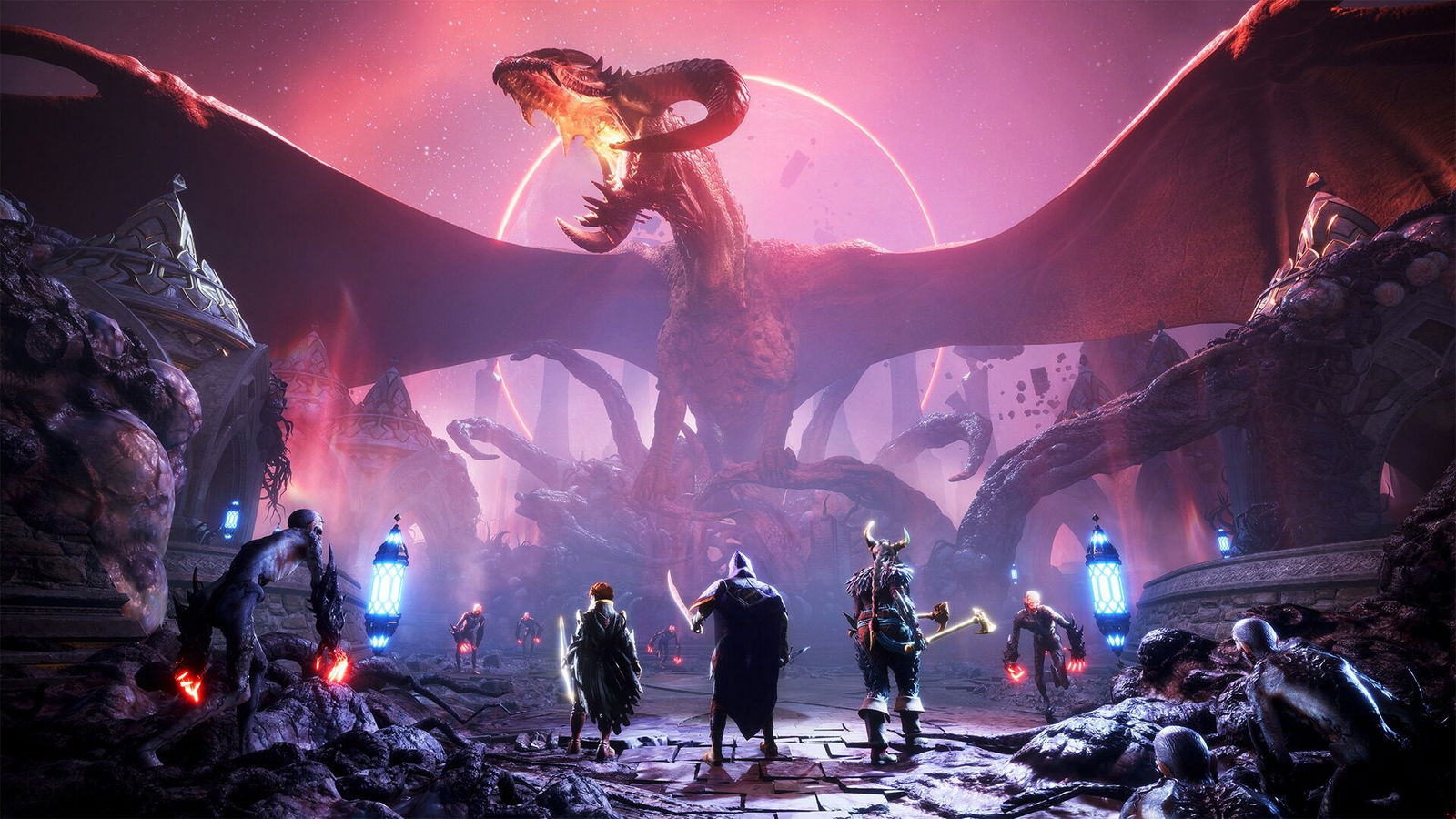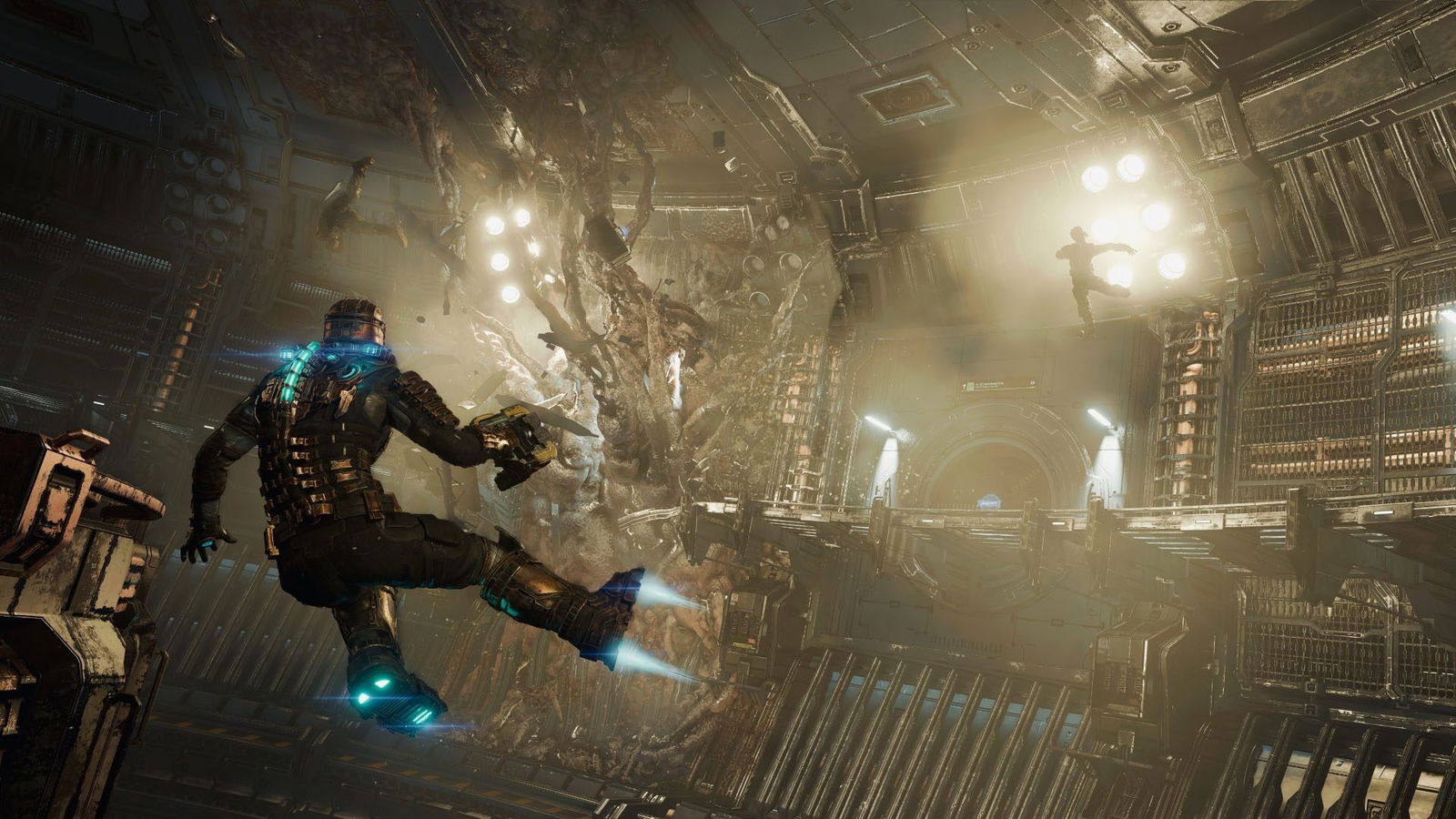In the digital gaming world, tension is not accidental, it is carefully constructed. By arranging what players expect, what they fear, and what they hope for, designers can guide emotional pacing and decision making. This article examines the how and why behind anticipation in games, showing how tension deepens engagement, shapes player behavior, and enhances design complexity.
Anticipation in Randomized Systems
A clear demonstration of anticipation in action appears in systems designed around uncertainty and delayed outcomes. These mechanics are not just effective in traditional games, they are also central to how tension is structured in interactive environments as seen in online slots, where the experience is rooted in the interval between initiating a spin and seeing the result.
Visual and auditory elements such as spinning icons, rhythmic sound effects, and carefully timed visual cues are adjusted to heighten suspense. Near misses, where symbols nearly align but fall just short boost the psychological tension by creating the impression of narrowly avoided success. Through the use of variable timing and random number generation, outcomes remain unpredictable, keeping attention fixed on the reveal. While this method serves a commercial purpose in its original context, the principles behind it are widely applicable.
Reward Uncertainty in Role-Playing Game Systems

A role‑playing game that features treasure chests or loot boxes demonstrates anticipation through controlled delay and presentation. When a player opens a chest, the process is rarely instantaneous. Instead, the game might display a shimmer of light, a slow animation of the lid lifting, or a gradual reveal of items inside. Sound effects often rise in pitch just before the reveal, mirroring a musical buildup before a climax.
Each visual and auditory signal guides the player’s expectation, amplifying the perceived significance of the outcome. Even when the actual reward is modest, the layered presentation ensures that the player experiences emotional tension during the wait. This structure turns a routine mechanic into an event. It shows that anticipation does not depend on chance or high stakes, thus it thrives on pacing, presentation, and uncertainty.
The Psychological Foundation of Anticipation
Human perception is highly sensitive to timing. When an outcome is delayed, the mind begins to imagine possibilities. That gap between action and result activates curiosity and emotional investment. In game design, even a short delay before feedback can heighten focus and make the eventual result feel more impactful. Uncertainty is another major contributor. When the rules behind a result are partially hidden, players speculate about patterns or probabilities. This “information gap” keeps attention active. Anticipation thrives when players can predict some outcomes but not all of them, creating a balance between control and surprise.
Near misses also influence behavior. When an outcome feels almost successful, players interpret it as partial progress, motivating continued engagement. The same principle appears in action sequences, where narrowly avoiding defeat or barely missing a target triggers an instinctive drive to try again.
The Role of Pacing and Rhythm

Tension relies on rhythm. Games that maintain constant intensity quickly lose their emotional edge. Designers therefore alternate between quiet moments and heightened suspense. Slow segments encourage reflection, while bursts of uncertainty energize attention.
Anticipation benefits from contrast. A silent corridor before a boss encounter, a loading bar that fills gradually, or a cinematic pause before a reveal all use timing to create emotional spikes. The player’s awareness of what might come next is often more gripping than the event itself. When developers master pacing, they control not only what players feel but when they feel it. This synchronization between design rhythm and player expectation is one of the marks of polished interactive storytelling.
Design Techniques That Create Anticipation
Game designers use several recurring strategies to evoke anticipation without overwhelming players.One approach is staggered revelation, where outcomes unfold in stages such as a sequence of doors unlocking one after another. This keeps attention fixed through a series of small resolutions rather than a single moment. Another method is temporal manipulation. Slight delays before major events, such as loading animations or charging sequences, provide time for the player’s imagination to fill in the gap.
Sensory escalation also plays a role. Gradual increases in visual or auditory intensity, the hum of machinery growing louder, the lights dimming, or the screen vibrating signals that a turning point is near. These cues heighten alertness and anticipation without explicit exposition. Finally, controlled randomness ensures that outcomes cannot be perfectly predicted. Procedural systems, dynamic enemy spawns, or varied event timings prevent repetition from dulling emotional response.
Applying Anticipation Across Genres

Although tension is often associated with horror or action titles, anticipation appears across virtually every genre. In stealth games, holding one’s breath while waiting for a guard to pass is an exercise in timed uncertainty. In adventure titles, a delayed puzzle solution keeps the player invested in discovery. In strategy games, the fog of war creates continuous anticipation, as unseen enemies might strike at any moment.
Even narrative titles employ it while withholding key information to make story revelations more powerful. Across all these contexts, anticipation sustains focus and emotional connection. It gives meaning to outcomes by making players earn resolution through patience and observation. As player expectations grow more sophisticated, the deliberate use of anticipation remains one of the most reliable methods for guiding emotion and deepening interaction.



